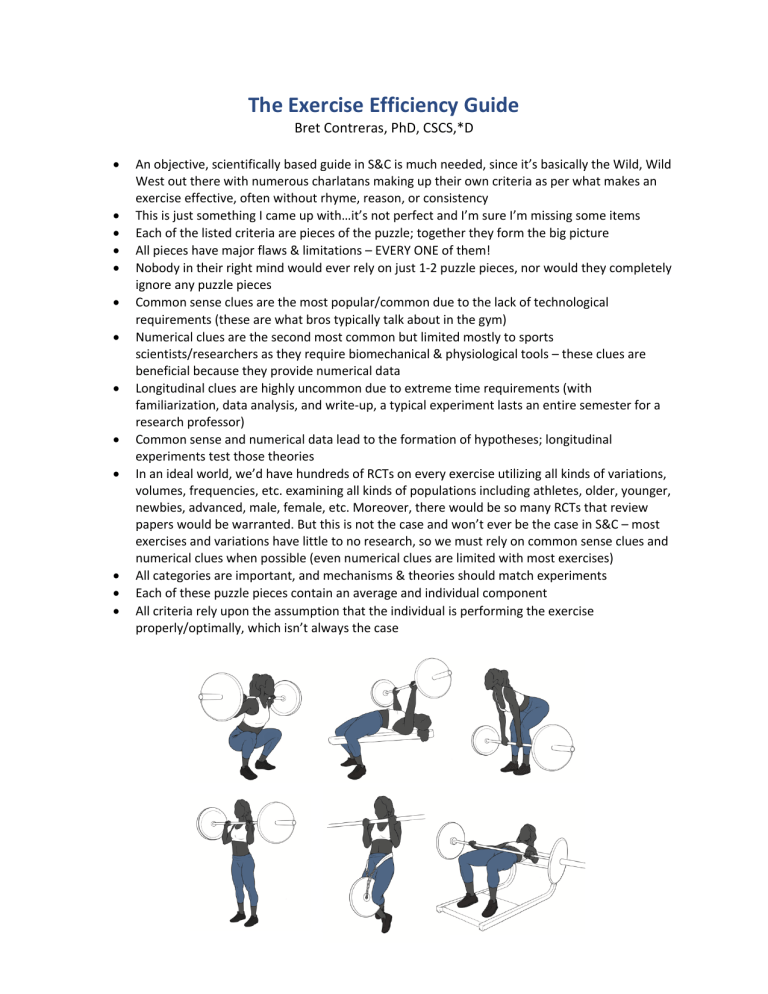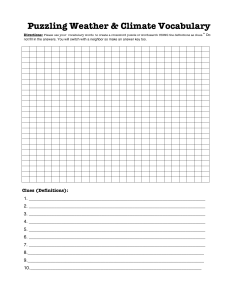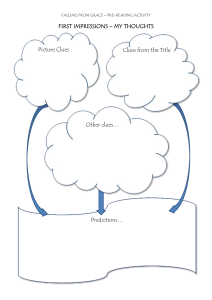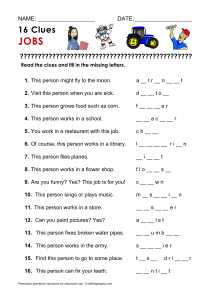
The Exercise Efficiency Guide Bret Contreras, PhD, CSCS,*D • • • • • • • • • • • • • An objective, scientifically based guide in S&C is much needed, since it’s basically the Wild, Wild West out there with numerous charlatans making up their own criteria as per what makes an exercise effective, often without rhyme, reason, or consistency This is just something I came up with…it’s not perfect and I’m sure I’m missing some items Each of the listed criteria are pieces of the puzzle; together they form the big picture All pieces have major flaws & limitations – EVERY ONE of them! Nobody in their right mind would ever rely on just 1-2 puzzle pieces, nor would they completely ignore any puzzle pieces Common sense clues are the most popular/common due to the lack of technological requirements (these are what bros typically talk about in the gym) Numerical clues are the second most common but limited mostly to sports scientists/researchers as they require biomechanical & physiological tools – these clues are beneficial because they provide numerical data Longitudinal clues are highly uncommon due to extreme time requirements (with familiarization, data analysis, and write-up, a typical experiment lasts an entire semester for a research professor) Common sense and numerical data lead to the formation of hypotheses; longitudinal experiments test those theories In an ideal world, we’d have hundreds of RCTs on every exercise utilizing all kinds of variations, volumes, frequencies, etc. examining all kinds of populations including athletes, older, younger, newbies, advanced, male, female, etc. Moreover, there would be so many RCTs that review papers would be warranted. But this is not the case and won’t ever be the case in S&C – most exercises and variations have little to no research, so we must rely on common sense clues and numerical clues when possible (even numerical clues are limited with most exercises) All categories are important, and mechanisms & theories should match experiments Each of these puzzle pieces contain an average and individual component All criteria rely upon the assumption that the individual is performing the exercise properly/optimally, which isn’t always the case Common Sense Clues Feel/Sensation (mind-muscle) Burn (metabolic stress) Pump (cell swelling) DOMS (delayed onset muscle soreness) Tension (can be visual or via palpation) Fiber directions/joint actions (functional anatomy) Physiques of lifters that prioritize the lift Discussions with lifters, coaches, & trainers Numerical Clues Wire & surface EMG or electromyography (mean, peak, integrated, decomposition, high-density multi-channel grid) – EMG is basically a voltage meter for muscles. Also, TMG or tensiomyography, MMG or mechanomyography, SMG or sonomyography (these last 3 aren’t common) fMRI (fluid shifts associated with metabolic activity…cell swelling due to metabolic stress or muscle damage) Ultrasound (acute thickness changes looks at cell swelling, SWE or shear wave elastography looks at stiffness) ECM and Z-Line disturbances (biopsy – looks at muscle damage) Lactate & other metabolites, glycogen depletion (markers of metabolic stress) Creatine kinase & myoglobulin (markers of muscle damage) Testosterone, free test, cortisol, hGH or human growth hormone, IGF-1 or insulin-like growth factor, MGF or mechano growth factor, etc. (hormones & peptides) ROM/strain (range of motion/stretch) Moment arms & pennation angle (measures of leverage & effective line of force) Force plate (force, power, RFD or rate of force development, impulse, work, etc.) Muscle active, passive, and total force-length curves (matching internal vs. external curves) Musculoskeletal modelling (intricate - requires software, force plates, markers, multiple cameras, etc.) Acute protein synthesis (biopsy) Intracellular signaling (mTOR, MAPK, AKT, calcium dependent pathways, p70S6K, etc.) PAPE (post activation performance enhancement) Longitudinal Clues Hypertrophy RCTs: • • • • • • • • • • • Girth (circumference) US or ultrasound (thickness, CSA or cross-sectional area, volume w/software) DEXA or dual energy x-ray absorptiometry (3 components; FFM or fat free mass, FM or fat mass, BMC or bone mineral content; can be segmental) BIA or bioelectrical impedance analysis (3 components; body water, FFM, FM; can be segmental) Bod Pod (2 components: FFM & FM) Underwater weighing (2 components: FFM & FM) Skinfold (2 components: FFM & FM) CT or computed tomography scan (CSA, volume) MRI or magnetic resonance image (CSA, volume) Biopsy (individual fibers) Skinfold w/girth (CSA) 4-component models – combine above modalities • Strength RCTs: • Isometric, concentric, or eccentric • Dynamometer, force plate, 1RM or 1-repetition maximum (also 3RM, 5RM, etc. used with a regression equation) Performance RCTs: • • • • • ADLs or activities of daily living (sit to stand, etc. – usually used with elderly) Linear acceleration & top speed sprint Vertical & horizontal jump Lateral agility/COD or change of direction Rotational power





